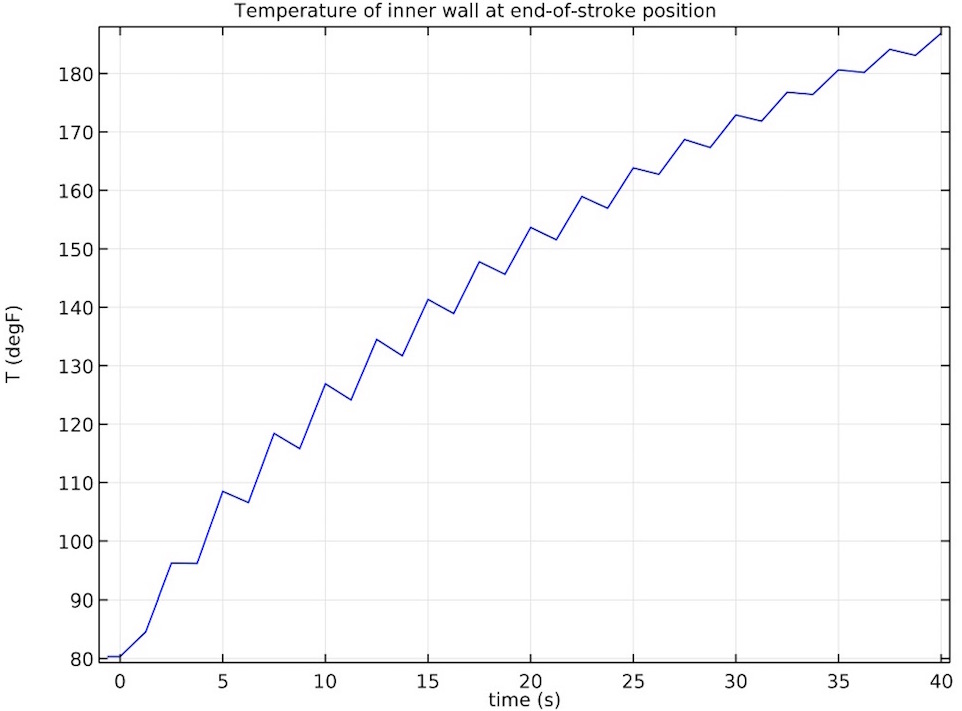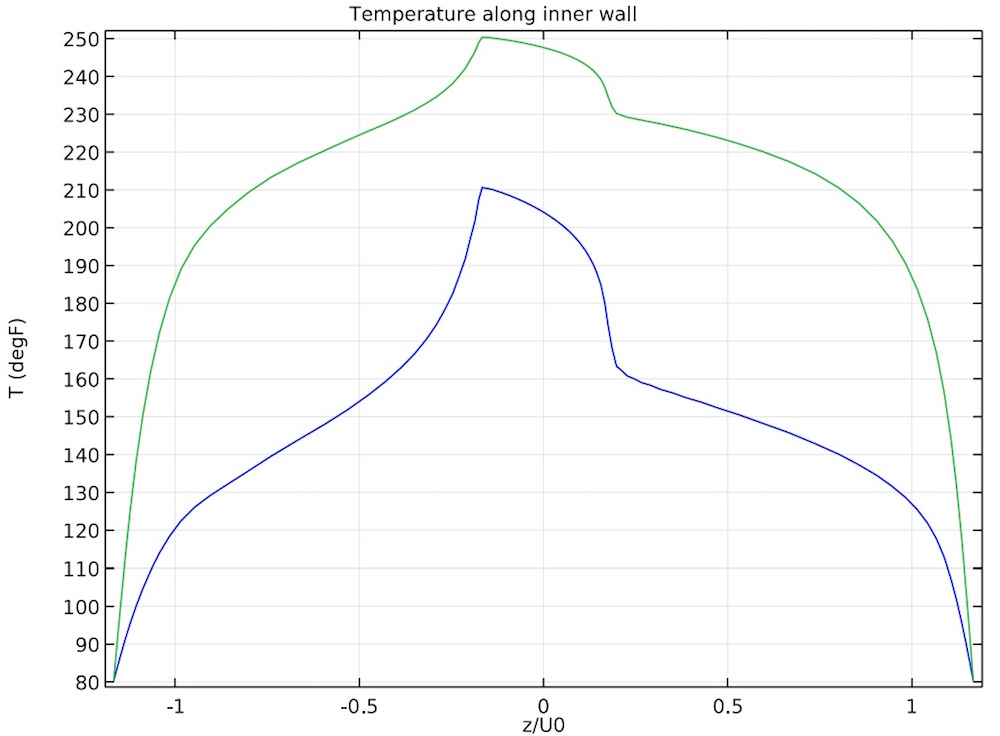
Fluid dampers have a range of uses, from stabilizing skyscrapers to controlling fluid flow in microflow devices. Through a process called viscous heating, these dampers are able to dissipate mechanical energy into heat. Too much heat can cause damage to the damper, so it’s important to understand the viscous heating process when optimizing your fluid damper designs.
What Is a Fluid Damper?
Fluid dampers (also known as viscous dampers) have many industry applications. They are found in military devices for shock isolation, as well as in high-rise buildings and civil structures for protection from vibrations and damage caused by earthquakes and high winds. Even certain microflow devices rely on fluid dampers to help generate significant heat and control fluid flow.
![]()
Fluid dampers (the dark blue objects) are used to steady the movement of a solar tracking device. Image by Leonard G, via Wikimedia Commons.
Viscous Heating — Striking the Right Balance
Fluids with high viscosity, such as oil or a silicon-based fluid, are commonly used in dampers because the greater the viscosity of the fluid, the greater the force that the damper can dissipate. Viscous heating occurs in a fluid damper when a damper pushes viscous fluid back and forth between two chambers. This action transforms mechanical energy, in the form of vibrations or oscillations, into heat.
In order to optimize the fluid damper efficiency, it’s important to analyze viscous heating in the device. If too much heat is generated in the damper, it can damage the damper, as well as the device or structure it is working to protect. To study the performance of a fluid damper, we turn to the Heat Transfer Module and CFD Module, both add-ons to the COMSOL Multiphysics simulation platform.
Simulating Viscous Heating with COMSOL Multiphysics
The main components of a fluid damper include the damper cylinder housing, a piston rod and head, viscous fluid in the chamber, and a small, circular space between the piston head and the inside wall of the cylinder housing. This space acts as a channel for the fluid. In our simulation, these solid parts are made of a steel material that can be found in the built-in Materials Library in COMSOL Multiphysics.

Schematic of a fluid damper.
For this simulation, the piston head moves back and forth inside of the cylinder, which forces the fluid, silicon oil, through the small orifice with a large shear rate. This action generates heat that is transferred in both axial and radial directions. In the radial direction, the heat is conducted through the cylinder wall and convected into the outside air.
We solve for the Navier-Stokes equations to describe fluid flow inside of the damper. The temperature field resulting from the viscous heating process is given by the energy equation. These equations can be found in the Non-Isothermal Flow interface and Conjugate Heat Transfer interface in COMSOL Multiphysics.
The results of the simulation show the temperature in the damper :
Probe temperature as a function of time (left) and inner wall temperature (right) after 10 s (blue curve) and 40 s (green curve) of loading.
These results agree well with experimental data. With simulation software, we can effectively analyze viscous heating in a fluid damper for the design of safer and more efficient structures and devices in a variety of industries.
Try It Yourself
- Download the Fluid Damper tutorial model






Comments (0)